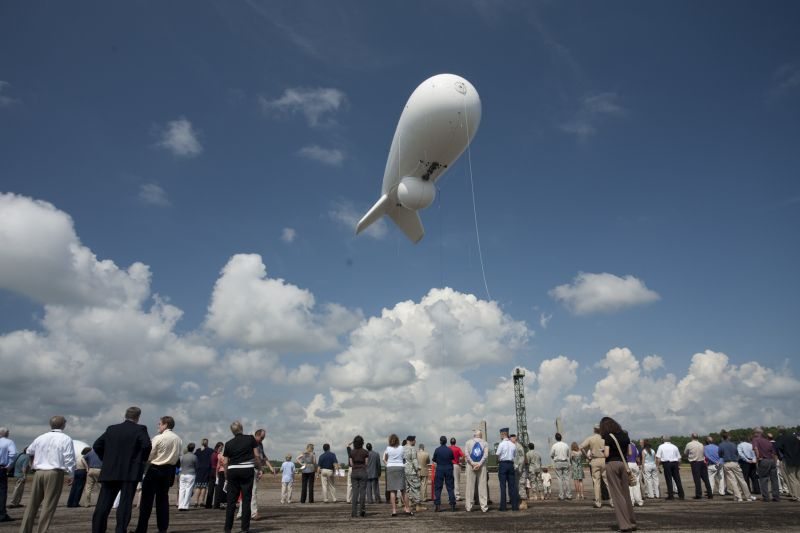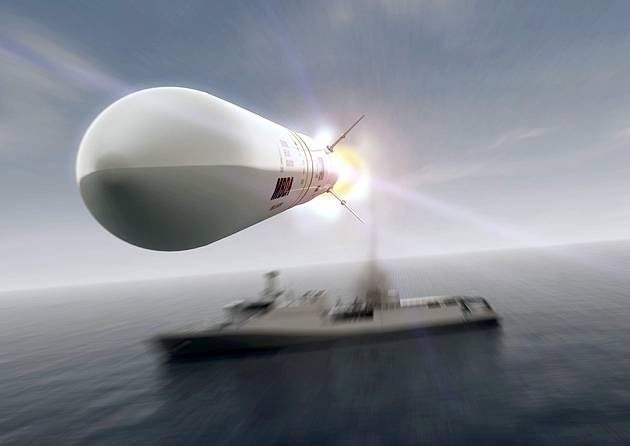It takes a crisis to concentrate the mind. Faced with unusually bellicose rhetoric from the regime in Pyongyang, the Obama Administration reversed course on National Missile Defense (NMD) and is rapidly bolstering its theater air and missile defenses in the region. The Department of Defense will add 14 ground based interceptor missiles to 30 currently in place at Fort Greeley, Alaska. Two Aegis missile defense capable destroyers have been sent to waters off the Korean peninsula.
Equipped with the Standard Missile 3 IA, these ships can provide defense against short to medium range ballistic missiles as well as advanced cueing for the NMD system. In addition, the Army is deploying a THAAD battery to Guam, an obvious potential target for a North Korean missile. In addition, the U.S. has deployed B-2 bombers and F-22 fighters to South Korea as shows of force.
Without appearing bellicose, there are additional capabilities that the U.S. could and should send to the region that would provide important intelligence collection and defensive capabilities. One of these is the Joint Land Attack Cruise Missile Defense Elevated Netted Sensor System (JLENS). This is a long-range surveillance system based on two large aerostats that carry radars, one for surveillance and the second to provide very precise intercept data. The aerostats can stay airborne for weeks at a time. Because it operates at a relatively high altitude and carries long-range sensors, JLENS can look out to about 550 km and track hundreds of targets at one time. We are not just talking about ballistic missiles or aircraft.
JLENS can track low flying cruise missiles, small boats and even ground vehicles all at the same time. In recent tests, JLENS demonstrated its ability to detect and track simultaneously-launched multiple ballistic missiles during their boost phase and also accurately locate their launch points. This last capability may be particularly important in finding North Korean mobile missile launchers. As a joint program, JLENS was designed from the start to support the missile and air defense operations of all the services. It carries a full array of communications capabilities allowing it to feed data to Army, Navy and Air Force units and platforms.
The on again/off again threat from North Korea is not the only danger U.S. and allied forces in the region face. On February 26, a Russian TU-22M Backfire bomber conducted a simulated cruise missile attack on a U.S. destroyer. The next day another practice attack was conducted against a missile defense site on Japanese soil. This is but one of dozens of such “exercises” in which Russian bombers simulate attacks on targets in Japan, NATO and even the continental U.S., on occasion penetrating into national airspace and having to be escorted out by armed fighters. It is beginning to look a lot like the bad old days of the Cold War.
Then there is the growing Chinese air and offensive missile threat. This includes hundreds of dual capable medium and intermediate range and ballistic and cruise missiles as well as the new DF-21 anti-ship ballistic missile intended to attack U.S. aircraft carriers. In addition, the PLA Air Force has deployed or has on order around 500 modern fourth-generation fighters and at least two fifth-generation fighters (approximately the equivalent of the F-22 and F-35) under development.
It is ironic that the Army is searching so intensely for a role in an Asian-centric U.S. national security strategy. As demonstrated by the decision to accelerate the planned deployment of a THAAD battery to Guam, the Army could have a major role in regional air and missile defense. Deploying JLENS to Guam would be a good first step and purely defensive. If deployed on the Korean Peninsula, JLENS could provide real-time warning and targeting information on the whole array of North Korean offensive threats from small boats to shorter-range ballistic missiles and very early cueing for the U.S. NMD. Also, JLENs is rapidly deployable and very mobile, which should be highly prized by an Army increasingly concerned about executing strategic maneuvers. The Army needs to invest in JLENS as part of a suite of advanced air and missile defense capabilities.











